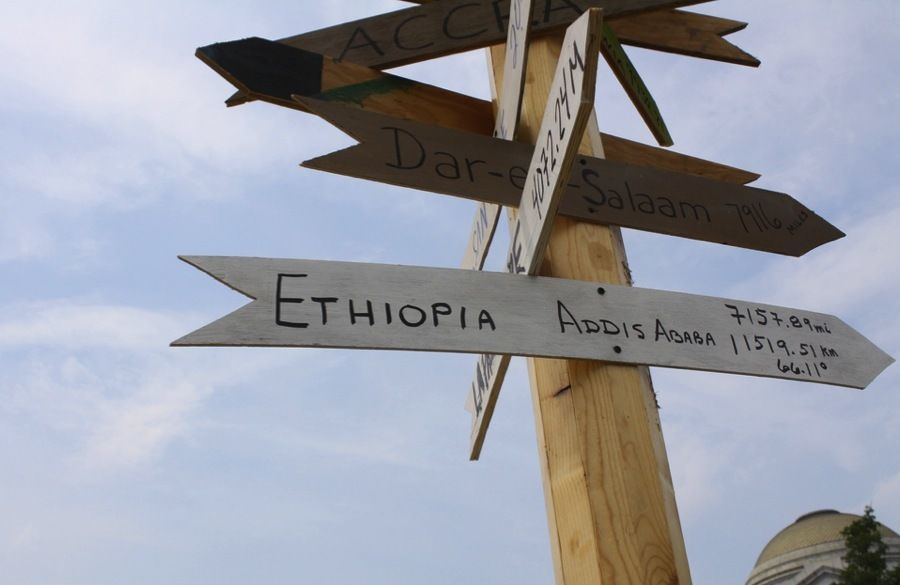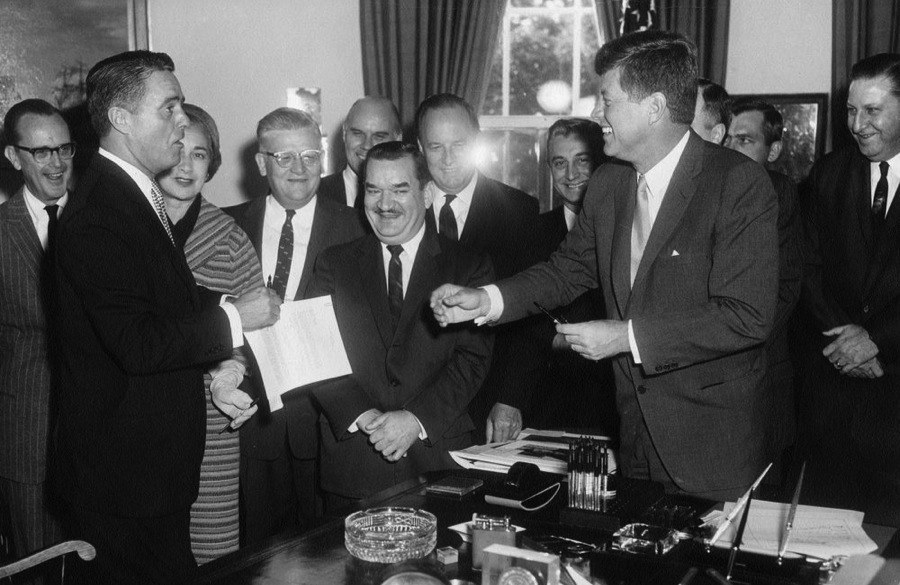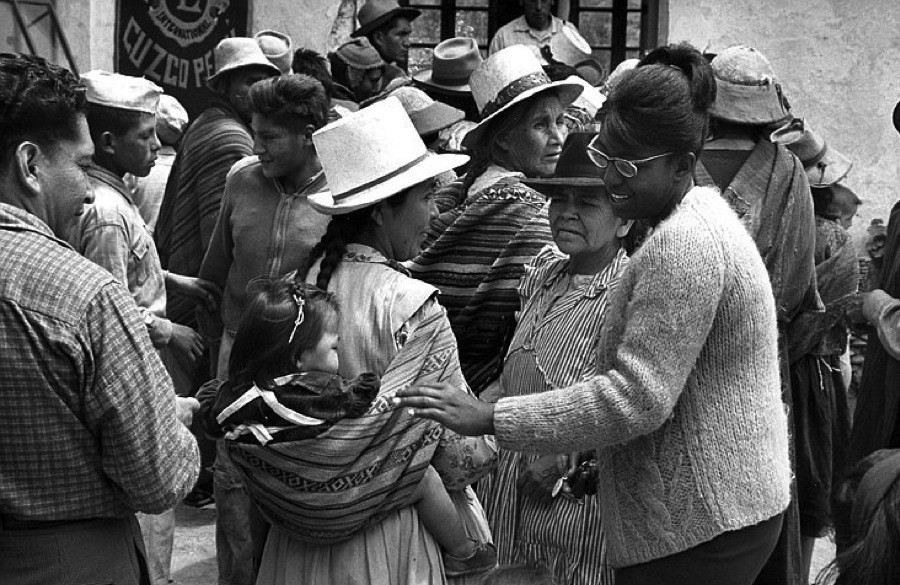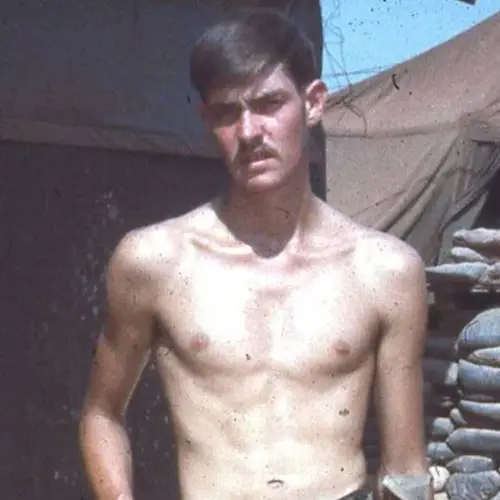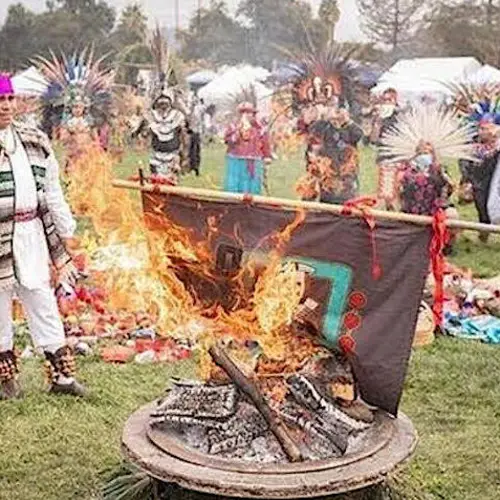55 years ago today, JFK established an organization to win the Cold War not just through weaponry, but relationships: the Peace Corps.
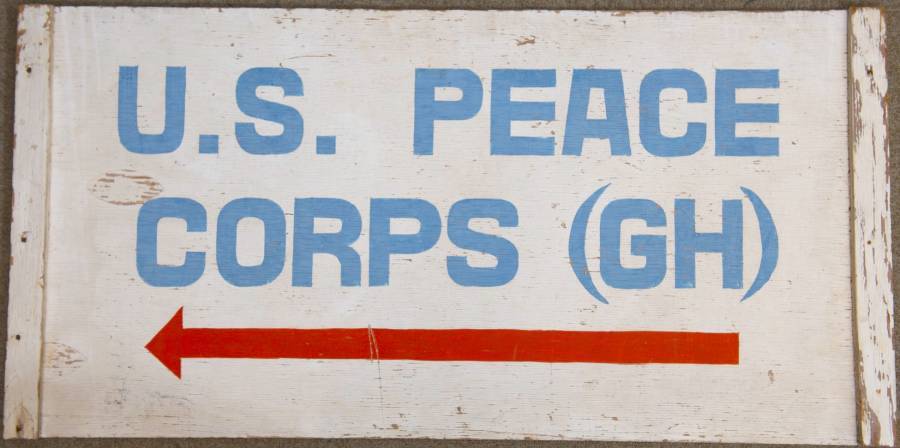
55 years ago, in 1961, this sign pointed toward the location of the new Peace Corps’ office in Ghana, the first country where Peace Corps volunteers served. Source: National Museum of American History
Today, Barack Obama tweeted the Peace Corps, wishing it a happy 55th birthday. While almost all countries have an army, marine corps or civil engineer engineer corps, the United States also has what it calls a Peace Corps – an organization dedicated to advancing international relationships between citizens of the U.S. and other countries through service.
On March 1, 1961, 55 years ago today, President Kennedy signed Executive Order 10924 and established the Peace Corps. It would be an entirely new kind of organization. Instead of sending money or machinery to help countries in need, the Peace Corps would send American citizens with nothing more than their own knowledge, skills, and eagerness to contribute to a greater good. Here’s what that looks like — and has looked like — in practice:
Let Us Begin Anew
John Kennedy was a Cold War president. One of the major ambitions of his administration was to restore the possibility of a lasting peace between the Soviet Union and the United States. As he said in his inaugural address, he hoped his term could see “both sides begin anew the quest for peace, before the dark powers of destruction unleashed by science engulf all humanity in planned or accidental self-destruction.”
As part of his wider foreign policy strategy, Kennedy wanted to win friends around the world who would stand with him for the cause of peace. Before he became president, in a campaign speech at 2:00am at the University of Michigan, the then-Senator offered a glimpse of how his administration would work toward global stability and cooperation.
He asked the students there, “How many of you who are going to be doctors, are willing to spend your days in Ghana?” Kennedy suggested that the students consider giving one or two years of their lives in international service as representatives of the United States. This brief mention in a late-night campaign speech was the seed of an idea, and that seed grew into the Peace Corps.
55 Years of Service
Since 1961, the Peace Corps has sent more than 220,000 American citizens to 140 different host countries for two-year terms of service. At this very moment, nearly 7,000 United States Peace Corps volunteers are scattered around the world, from Ecuador to Indonesia. They work alongside local partners, completing projects that local communities have chosen.
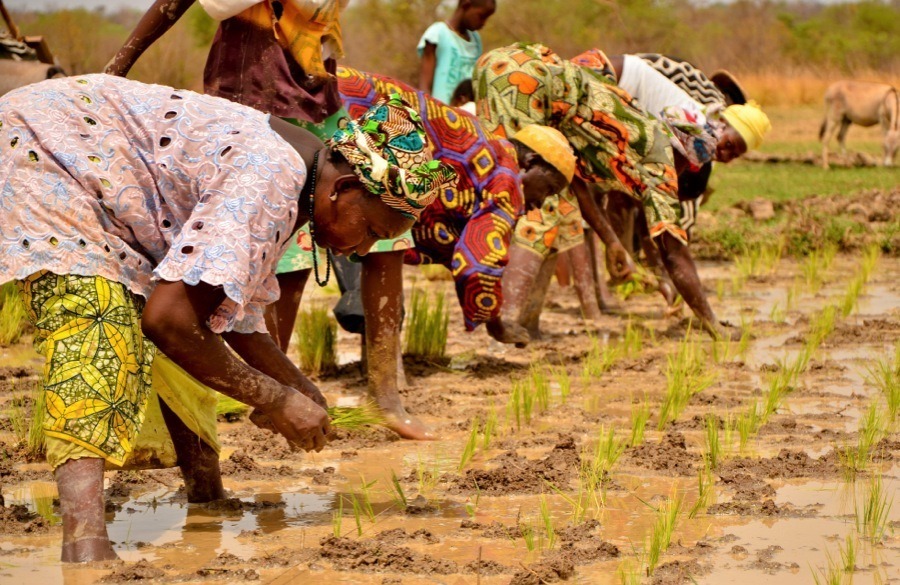
Volunteers often live in remote, rural areas where communities still rely on traditional farming practices, as they do at this Peace Corps site in Gambia in West Africa. Photo source: Flickr
During his March 1 signing statement, President Kennedy noted that the two-year tour of service would not be a light commitment. “It will not be easy,” he said. “None of these men and women will be paid a salary. They will live at the same level as the citizens of the country they are sent to, doing the same work, eating the same food, speaking the same language.”
This is still how the Peace Corps works. Whether stationed in Albania or Azerbaijan, volunteers receive only a small stipend to buy basic necessities at their sites, which are often in remote, rural areas. They live like the people around them, and this is one way the Peace Corps is different from all other work done by international development agencies and NGOs.
As Angela Kissel, who served in the Philippines from 2008 to 2010 and now works at Peace Corps headquarters in Washington, DC, tells All That Is Interesting, “Unlike any other development agency, the roots of Peace Corps' work is in relationships, not projects.”
This personal connection to communities is central to the Peace Corps ethos. Joe Wheelan, who worked as a Peace Corps Volunteer in Ethiopia from 2012 to 2014, tells ATI, “Peace Corps volunteers truly understand the needs of a community at its core. This understanding comes from actually living as part of the community and learning what kind of support would be of maximum benefit.”
What Do Volunteers Do?
Peace Corps volunteers – or PCVs as they call themselves – currently serve in 63 countries around the world. About half of serving PCVs are stationed in Africa. Another quarter are in Latin America, with the rest spread through eastern and central Asia, the Pacific Islands, the Caribbean, and the Middle East.
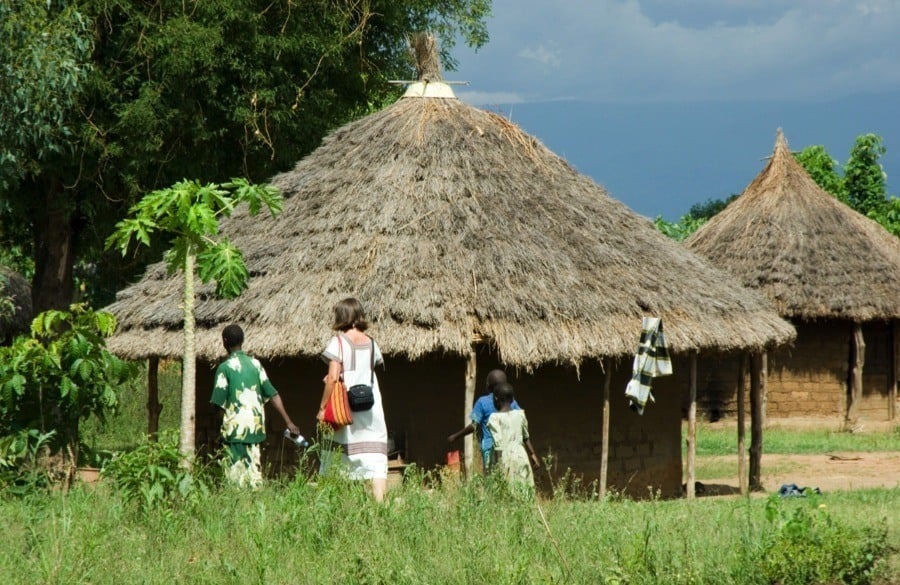
In this photo, a volunteer heads to work in her village in Uganda. Photo source: Peace Corps
During their two-year tours, these volunteers partner with local organizations to push forward a project or series of projects for the benefit of communities where they live. About a third of PCVs serve as teachers, working in classrooms to improve curricula and teaching practices and help students learn English. Volunteers also conduct health screenings and offer HIV/AIDS education and treatment. They partner with fishing communities to improve economic opportunities while reducing environmental damage. They help run orphanages and shelters for victims of sex trafficking. They help organize local artisans and teach business skills to entrepreneurs.
As PCVs often say, every volunteer’s experience is different. Many, though, report that the experience of living in a far off place and working hand-in-hand with the teachers, farmers, fishers, nurses, social workers, shop owners, and others in those communities has had a profound and positive impact on their own lives. As Angela Kissel tells ATI, “Peace Corps changed, shaped, inspired, and prepared me in more ways than I am even currently aware of.” She adds, “Being a part of Peace Corps has meant everything to me.”
For more fascinating destinations, be sure to check out our travel page.
